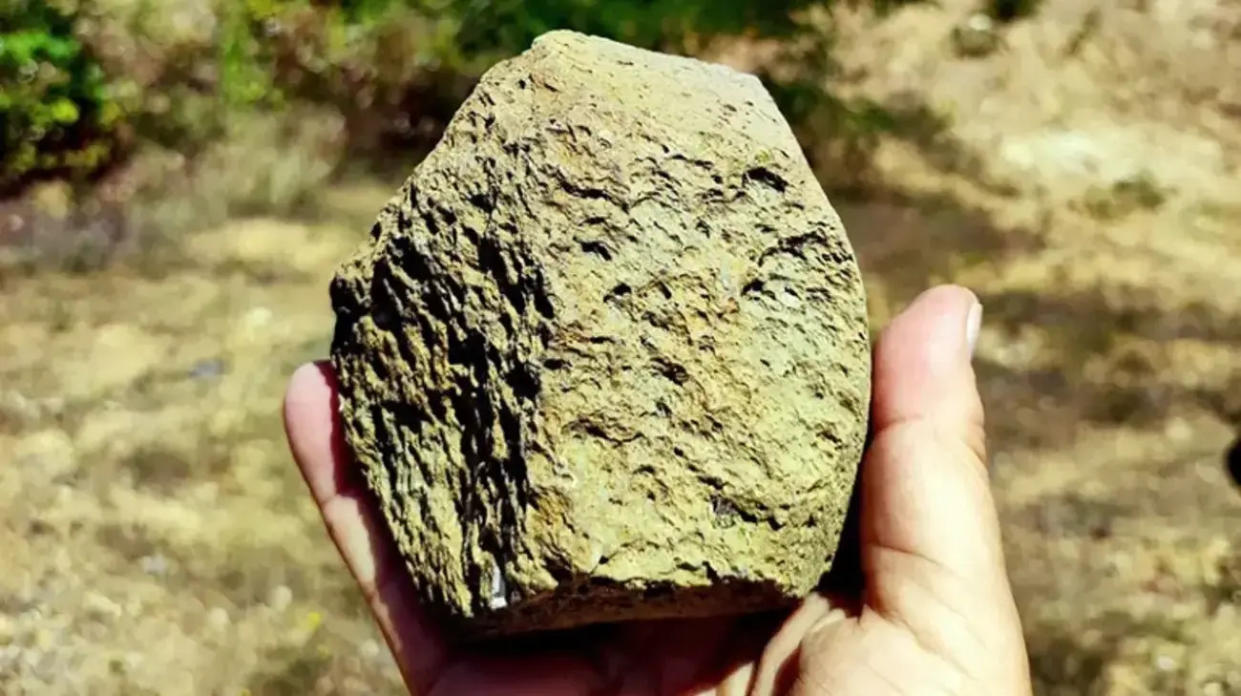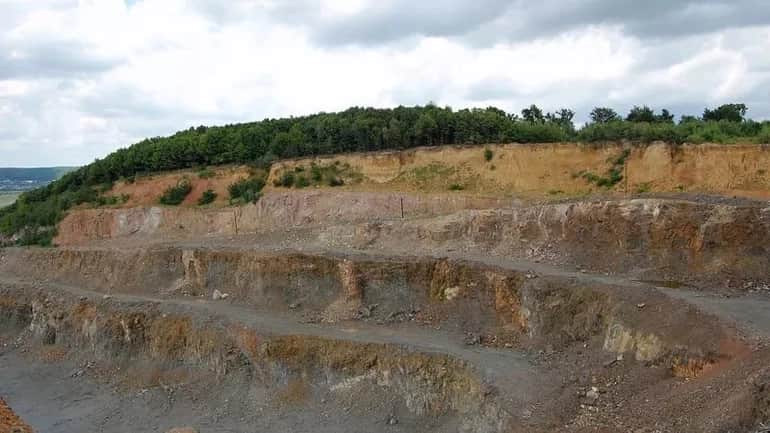Stone tools found in Ukraine turn out to be oldest in Europe after scientists establish their age – photo

Stone tools that are about 1.4 million years old have been found in Ukraine. Archaeologists claim that these tools are the oldest in Europe.
Source: Research published in the journal Nature, which not only discusses these artefacts but also lifts the veil on how our ancestors got to this region
In particular, thanks to this discovery, scientists were able to confirm the theory that various species of early hominids migrated to Western Europe via the east, probably along the valleys of the Danube River.
"So far, there has been no strong evidence of East-West migration. Now we have it", says study co-author Roman Harba, an archaeologist at the Czech Academy of Sciences in Prague.

Archaeological Site of Korolevo
Photo: Roman Harba
The tool was found in the Ukrainian village of Korolevo near the border with Romania back in the 1980s. But until now, scientists have not been able to determine the exact age of these artefacts.
Archaeologists from the Czech Academy of Sciences used a dating method based on сosmogenic nuclides (trace amounts of specific elements created by the interactions of solar radiation and materials present on earth) to determine how long ago the tool was buried. The team estimated it to be 1.4 million years old.
In Europe, there are only two finds older than 800,000 years that confirm the presence of early humans. These are fossils and stone tools found in Spain and France. Both are between 1.1 and 1.2 million years old.
Dating the tools unearthed in Korolevo leads researchers to suggest that the ancestors of the humans who made them were the only archaic humans living outside of Africa about 1.4 million years ago.
Archaeologists also note that artefacts from Korolevo are similar to tools found in the Caucasus Mountains, which are dated to about 1.8 million years ago.
However, there are no fossilised human remains in the oldest layer of sedimentary deposits in the Ukrainian settlement, so it is impossible to say for sure that the tools were made by Homo erectus.
The village where these stone tools were found has been dubbed a treasure trove of prehistoric remains, according to Vitalii Usyk, the co-author of the study and an archaeologist of the National Academy of Sciences of Ukraine.
The Korolevo site is relatively safe and was not damaged during the war, although the area is now overgrown with vegetation.
Support UP or become our patron!

